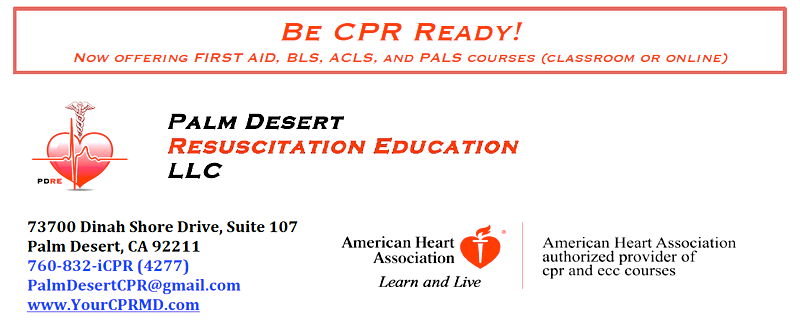Introduction
The incidents related to sudden cardiac arrest are consistently increasing in almost every region of the United States. The statistics have shown that about 35,000 cases occurred out of the hospital and 70 percent of them took place at home. Besides, many cardiac arrest victims seem to be healthy without any heart disease or its related risk factors. In these situations, bystanders have major roles to act as bystanders and prevent death from cardiac arrest.
Steps to Perform CPR
Every CPR Certified Online program allows you to learn the process to perform CPR. Accordingly, the steps include the following-
Preliminary Checkup
You should check the real scene to make sure of safety, create an initial impression and use PPE or Personal Protective Equipment.

Check Responsiveness
If you find the victim unresponsive, you should start by checking his or her responsiveness and breathing pattern. Simultaneously, you should check for life-threatening conditions, including life-threatening bleeding by the combination of shout, tap, and shout methods.
Call on Emergency Number
Make a call on the emergency number if you find the patient only gasps or stops breathing. Moreover, you should arrange certain equipment and prepare for applying CPR. If possible, you may call another person to apply for CPR or operate AED.

Position the Victim for CPR
To perform cardiopulmonary resuscitation, you should position the victim firmly on a flat surface by lying on his or her back.
Apply 30 Chest Compressions
You should apply a maximum of 30 chest compressions. However, instructors of Red Cross CPR recommend you consider the following to apply for CPR.
Position of Hands
You should position your two hands centered on the patient’s chest.
Position of the Body
You should position the shoulders on your hands directly by locking your elbows.
Compression Rate and Depth
You should keep the compression rate at 100 to 120 per minute. Moreover, the chest compression depth must be a minimum of 2 inches.

Waiting Period
Let the chest to get back its normal position after you apply each chest compression.
Apply 2 Breaths
Follow the mentioned steps to apply 2 breaths.
Open the Victim’s Airway
Open the victim’s airway to a neutral position by applying a chin lift or head tilt technique.
Breathing Period
You should make sure that every breath lasts for about 1 second and let the chest rise. Besides, allow the air to go out before you apply the next breath.
Note- Never forget to tilt the head again if the first breath fails to rise the patient’s chest. Furthermore, make sure of a proper seal before applying the second breath. If the second breath fails to risen the chest, airway blockage may take place from an external object.
Repetition and AED Application
You should continue applying a single set of 30 chest compressions and 2 breaths. Simultaneously, you should start applying for an AED immediately.

Conclusion
Cardiopulmonary resuscitation or CPR is an excellent way to save the life of people during breathing or cardiac emergencies. You only should dedicate a few hours to acquire training and certification to be a first responder in emergencies.
PALM DESERT – Main Office
73700 Dinah Shore Drive, Suite 107,
Palm Desert, CA 92211
1-760-832-iCPR (4277)





